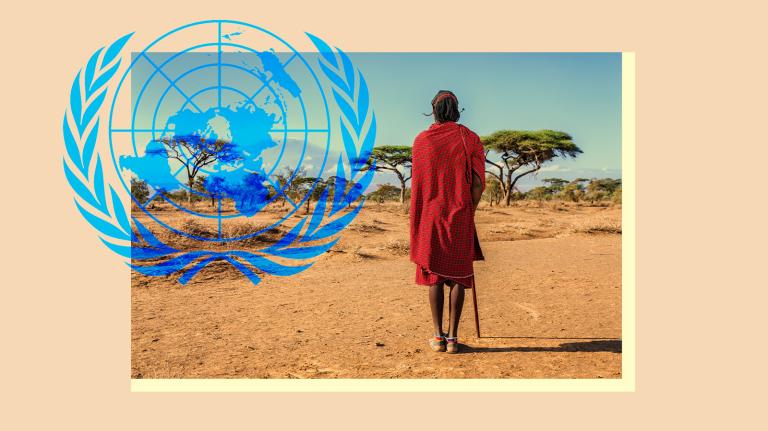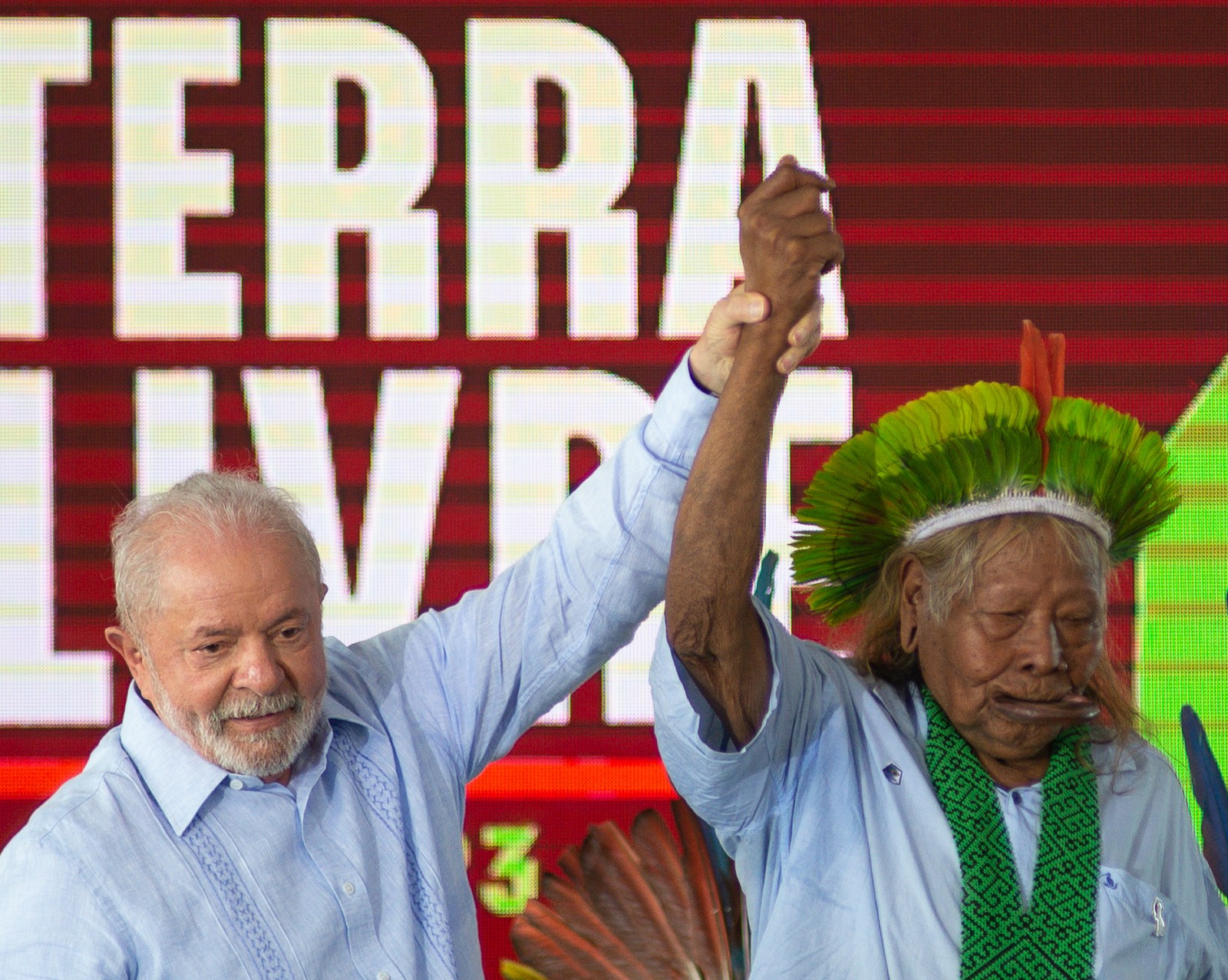Brazilian President Luiz Inácio Lula da Silva legally recognized nearly 800 square miles of Indigenous lands on Friday in an effort to stop illegal logging, mining and land grabbing, reversing policies enacted by his predecessor Jair Bolsonaro, a far-right leader who encouraged development in the Amazon. Those policies spurred a frenzy of activity, including illegal gold mining and clandestine farming in Indigenous territories, devastating the environment and fueling violence.
“We are going to legalize Indigenous lands,” Lula said in a speech. “I don’t want any Indigenous territory to be left without demarcation during my government.”
Under Lula’s new designation, mining activities are now prohibited, and commercial farming and logging require specific authorization by the Brazilian government. Non-Indigenous people are forbidden from engaging in any economic activity on Indigenous lands. Under Bolsonaro, the Amazon saw a 56 percent increase in deforestation, the destruction of nearly 13,000 square miles of rainforest, and the loss of nearly 965 square miles of Indigenous territories.
The Amazon rainforest, which is twice the size of India, holds large amounts of carbon which are crucial to fighting climate change. Studies show that protected Indigenous land holds 50 percent more carbon per hectare than unprotected areas in the Brazilian Amazon, and that protecting Indigenous territories in the region could prevent more than 15 million respiratory and cardiovascular-related illnesses. There are more than 3,000 protected areas in Brazil, and 490 recognized Indigenous areas. Those Indigenous areas cover more than 264-million acres – almost 13% of Brazil’s territory.
“Indigenous areas are crucial to preserving the Amazon, the world’s central bank for biological diversity,” said Toerris Jaeger, Director of Rainforest Foundation Norway, in a press release. “Today’s announcement is also an important recognition that indigenous people are the ones best able to guard this wealth.”
Lula’s announcement provides recognition to six territories that are home to nearly 4,000 Indigenous peoples. The largest area is the Nadöb people’s Uneiuxi Territory located in the Amazonas state. With recognition, the area has been expanded by 37 percent to 2,100 square miles of primary rainforest.
But for some Indigenous communities, the announcement fell short. In January, Lula’s government pledged to create 14 new territories, while another 733 territories await distinction and boundary acknowledgment by the federal government. The lands of the Pataxó people in south western Bahia state is just one of the territories left out of Lula’s announcement. Renato Atxuab, a Pataxó leader, told the AP that Silva’s government must distinguish their land as soon as possible to prevent further invasions by outsiders. Over the past year, Axtuab said, there have been violent conflicts involving agribusiness, land-grabbers and drug traffickers.
“There are still, currently, hundreds of Indigenous Lands in the country with their recognition processes pending,” said Danicley de Aguiar, a spokesperson for Greenpeace Brazil. “Several territories, despite already being officially recognized, suffer from invasions by illegal gold miners, subjecting the people living on those lands to extreme violence.”
She added that going forward, real protection of Indigenous lands will require monitoring by the Brazilian government.




